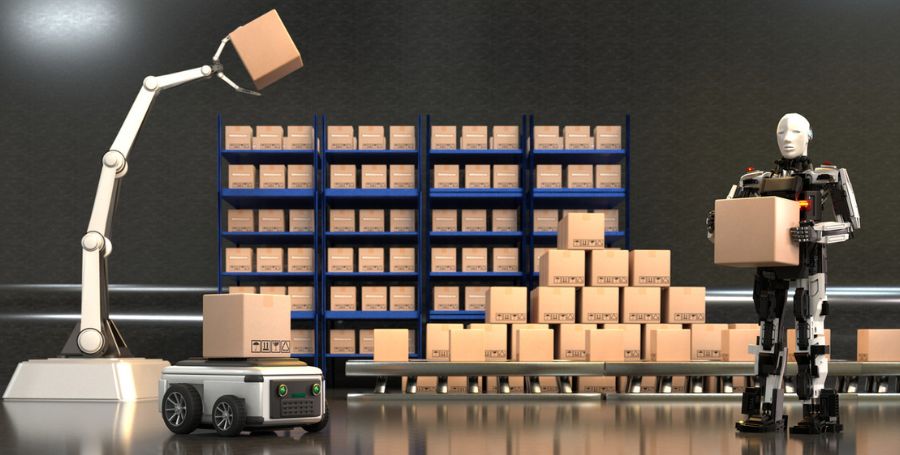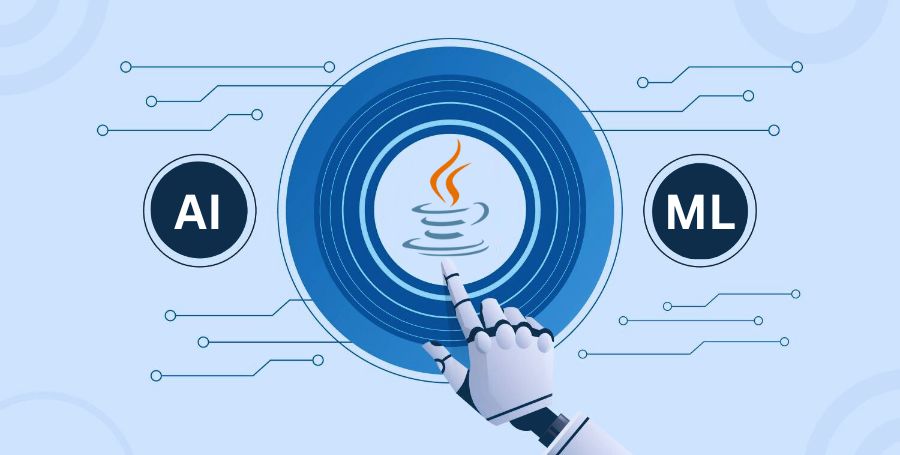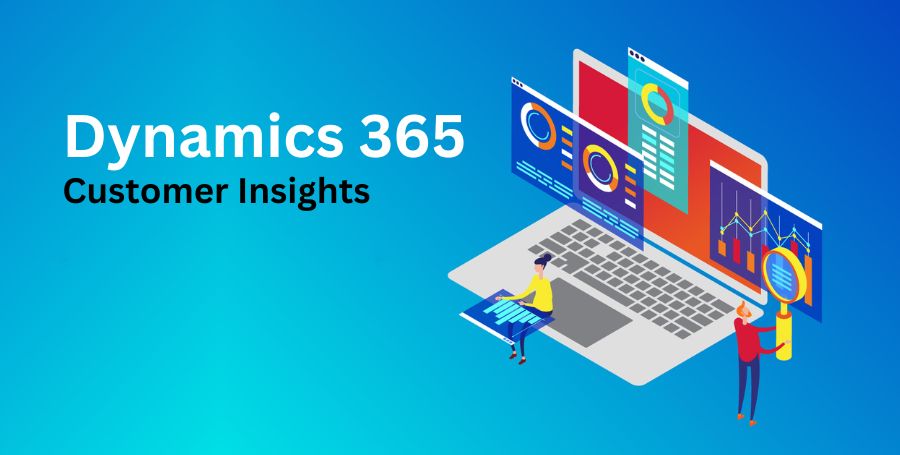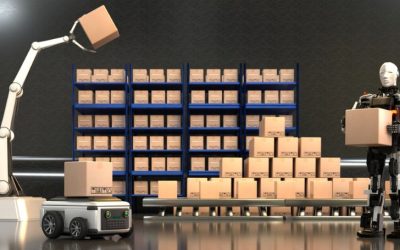Introduction
The Internet of Things (IoT) has moved beyond being a mere futuristic idea; it is now rapidly transforming industries and our daily lives.
As we progress through 2024, companies are continually striving to gain a competitive advantage. This is where cutting-edge IoT frameworks become essential.
These frameworks provide the foundation to build robust, scalable, and secure IoT applications, helping you understand the true potential of this transformative technology.
In this article, we’ll discuss innovative IoT frameworks, exploring how they can help your 2024 project and pave the way for success.
What are IoT Frameworks?
Imagine building a house. You wouldn’t start by directly stacking bricks. You’d use a blueprint, a foundation – that’s what an IoT framework is for the world of connected devices.
An IoT framework is a set of tools, protocols, and pre-built functionalities that provide a structured approach to developing and deploying IoT applications. It acts as a launchpad, offering essential building blocks to streamline the process.
Key characteristics of IoT frameworks
- Abstraction: A good framework hides the underlying complexities of device management, communication protocols, and data management. This allows developers to focus on the core functionalities of their application without getting bogged down in low-level details.
- Interoperability: IoT frameworks often support various communication protocols and standards. This enables devices from different manufacturers to connect and exchange data within your system seamlessly. This is crucial for building large-scale IoT solutions that integrate diverse components.
- Security: Security is paramount in the world of IoT. Frameworks typically provide built-in security features like authentication, authorization, and encryption to protect your devices, data, and overall system from cyberattacks.
- Scalability: As your IoT project grows, you need a framework that can handle the increasing number of devices and data volume. Look for frameworks that offer scalability to accommodate future expansion without needing a complete overhaul of your system.
- Device Management: Managing a large fleet of devices can be a complex task. A good IoT framework provides tools for provisioning, configuration, monitoring, and remote management of your devices, streamlining this process and saving you time and resources.
- Data Management: IoT frameworks offer functionalities for collecting, storing, analyzing, and visualizing this data, for example, data providers. This allows you to gain valuable insights that can inform decision-making, optimize processes, and improve your overall system performance.
- Development Tools: Many frameworks provide libraries, APIs, and code samples to simplify the development of user interfaces and applications for interacting with your IoT system. This accelerates development and reduces the need for custom coding from scratch.
- Cloud Integration: Cloud platforms offer significant advantages for storing, processing, and managing IoT data. Look for frameworks that integrate seamlessly with popular cloud platforms like AWS, Azure, or Google Cloud Platform, enabling you to leverage the power and scalability of the cloud.
Popular IoT Frameworks for 2024 Project Success
Amazon Web Services (AWS)
When it comes to cloud platforms for IoT projects, Amazon Web Services (AWS) stands out as a leader.
AWS is a comprehensive cloud computing platform from Amazon that provides a wide range of on-demand services for computing, storage, databases, networking, analytics, and more. It features a flexible pay-as-you-go structure, enabling you to adjust your resource allocation dynamically according to your specific requirements.
Key Features & Functions
- Scalability and Flexibility: AWS offers vast services that can scale to accommodate even the most demanding IoT projects. You can choose from various computing, storage, and database options to fit your specific needs.
- Security: AWS is known for its robust security features, including encryption, access control, and identity management. This ensures your data and devices remain protected in the cloud environment.
- Reliability: AWS boasts a highly reliable global infrastructure with multiple data centers around the world. This results in high availability and minimal interruptions for your Internet of Things (IoT) applications.
- Managed Services: AWS offers a variety of managed services specifically designed for IoT, such as AWS IoT Core, which simplifies device management, data collection, and communication.
- Analytics Capabilities: AWS provides powerful analytics tools like Amazon Kinesis and Amazon Machine Learning that allow you to analyze the data generated by your IoT devices and extract valuable insights.
- Open Source Support: AWS embraces open-source technologies and integrates with popular IoT frameworks, providing developers with greater flexibility and choice.
Google Cloud Platform (GCP)
Google Cloud Platform (GCP) is another major player in the cloud computing arena, offering a robust suite of services well-suited for building and deploying IoT applications.
Google Cloud Platform (GCP) comprises a comprehensive array of cloud computing services provided by Google. It delivers an extensive selection of on-demand solutions, including computing power, storage options, database management, networking capabilities, machine learning, and artificial intelligence (AI). Much like Amazon Web Services (AWS), GCP employs a pay-as-you-go model, allowing resource scaling in alignment with your project’s demands.
Key Features & Functions
- Scalability and Performance: GCP boasts a powerful and scalable global infrastructure, allowing you to handle large numbers of connected devices and high volumes of data generated by your IoT project.
- Security: Security is a top priority for GCP. It offers robust security features like encryption, access control, and identity and organization management to safeguard your data and devices in the cloud.
- Machine Learning and AI: GCP stands out for its integration with cutting-edge machine learning and AI tools. This allows you to leverage AI capabilities to analyze sensor data from your IoT devices, extract valuable insights, and automate decision-making processes.
- Open Source Friendly: Like AWS, GCP embraces open-source technologies and integrates with popular IoT frameworks, providing developers with greater flexibility and a familiar development environment.
- Cloud Functions: This GCP offering provides a serverless environment where you can execute small code snippets in response to events generated by your IoT devices. This approach streamlines the development process and significantly reduces the burden of managing infrastructure.
- Cloud Pub/Sub: This real-time messaging service facilitates communication between your IoT devices and other GCP services. It ensures reliable and scalable message delivery for your IoT applications.
Microsoft Azure
Microsoft Azure is a comprehensive cloud computing platform from Microsoft that offers a vast array of on-demand services for computing, storage, databases, networking, analytics, and artificial intelligence (AI). Similar to AWS and GCP, Azure provides a pay-as-you-go model, allowing you to scale resources based on your specific needs.
Key Features & Functions
- Hybrid Cloud Support: A key differentiator for Azure is its strong hybrid cloud capabilities. This makes Azure particularly attractive for businesses that want to integrate their existing on-premises infrastructure with the scalability and flexibility of the cloud.
- Interoperability with Microsoft Tools: For businesses already invested in the Microsoft ecosystem, Azure offers seamless integration with other Microsoft tools like Power BI and Azure Machine Learning, streamlining data analysis and visualization.
- Security: Security is paramount, and Azure boasts robust security features like encryption, access control, and identity and access management to safeguard your data and devices.
- Management Tools: Azure provides a comprehensive suite of management tools for provisioning, configuring, and monitoring your IoT devices at scale.
- AI and Machine Learning: Azure offers powerful AI and machine learning services like Azure Machine Learning and Cognitive Services. This allows you to leverage AI capabilities to analyze sensor data from your IoT devices, extract valuable insights, and automate tasks.
- Open Source Friendly: Like AWS and GCP, Azure embraces open-source technologies and integrates with popular IoT frameworks, providing developers with a familiar development environment and greater flexibility.
IBM Watson
IBM Watson is a suite of AI tools and services powered by machine learning and natural language processing. Watson can ingest massive amounts of data from various sources, find hidden patterns, and generate insights to inform decision-making.
Key Features & Functions
- Data Analytics: Watson excels at analyzing large and complex datasets generated by IoT devices. It can identify trends, anomalies, and correlations within the data, helping you gain a deeper understanding of your connected systems.
- Cognitive Capabilities: This can be applied to building chatbots or virtual assistants that interact with users more naturally, leveraging data from your IoT devices.
- Machine Learning: This can be valuable for optimizing performance, automating tasks, and performing preventive maintenance on your IoT devices.
- Integration with IoT Frameworks: While not a framework itself, Watson integrates well with various IoT frameworks, allowing you to leverage its AI capabilities within your existing IoT infrastructure.
How to Choose the Right Framework for Your Project
Choosing the right IoT framework is very important for the success of your project.
Here’s a guide to through the selection process:
- Understand Your Project Requirements:
- Project Type: What kind of IoT application are you building? Is it a remote monitoring system, a smart home application, or an industrial automation solution?
- Scalability Needs: How many devices do you expect to connect? How much data will they generate? Choose a framework that can scale to accommodate future growth.
- Security Needs: Security is paramount in IoT. Consider the sensitivity of the data your devices collect and choose a framework with robust security features.
- Development Team Skills: What are the programming languages and technologies your development team is familiar with? Look for frameworks that align with their skill sett to minimize the learning curve.
- Research and Evaluate Frameworks:
- Popular Frameworks: Research popular IoT frameworks like Eclipse Kura, ThingsBoard, and Azure IoT Hub. Explore their features, documentation, and community support.
- Cloud Integration: See if cloud integration is important for your project. Many frameworks offer seamless integration with cloud platforms like AWS, Azure, or GCP.
- Security Features: Evaluate the security features offered by different frameworks, such as encryption, access control, and device authentication.
- Community and Support: A strong community and active support are important for troubleshooting and finding solutions. Look for frameworks with active forums and helpful documentation.
- Consider these Additional Factors:
- Open Source vs. Commercial: Open-source frameworks offer greater flexibility but may require more development effort. Commercial frameworks often provide more features and support but come with a licensing cost.
- Ease of Use: Evaluate the complexity of the framework and how easy it is to learn and use. Consider the development time and resources available for your project.
- Long-Term Viability: Choose a framework that is actively maintained and has a good track record. Avoid frameworks that seem to be fading out of use.
- Experiment and Prototype:
- Don’t be afraid to experiment with different frameworks. Many frameworks offer free trials or open-source versions that allow you to test them before committing.
- Develop a simple prototype to assess how well the framework fits your project’s needs. This hands-on experience can be very insightful.
Conclusion
As we hurtle through 2024, the potential of the Internet of Things is undeniable. However, this potential can be explored using the right IoT frameworks.
Understand your project’s needs, carefully evaluate available frameworks, and use their capabilities of cloud platforms and AI tools to use the power of IoT.
Choosing the right framework will help you to not just keep pace, but to forge ahead and achieve remarkable success in your 2024 project and beyond.







